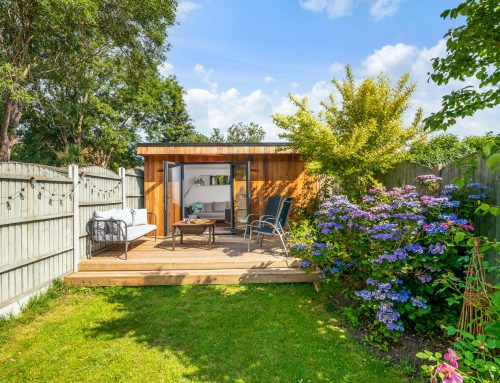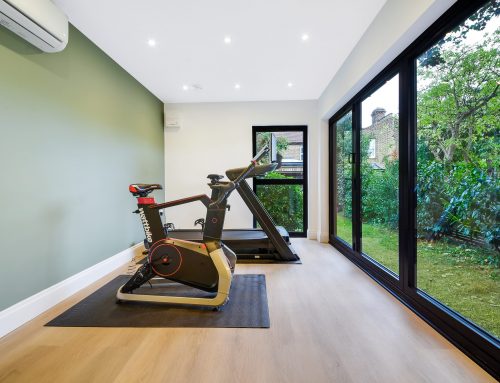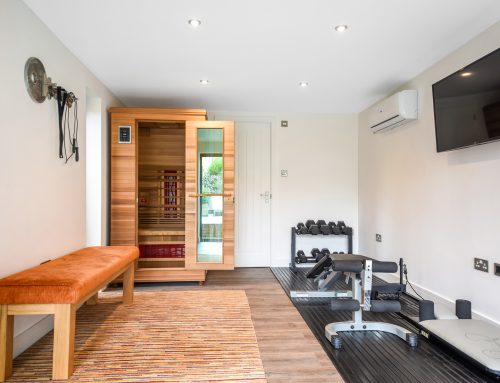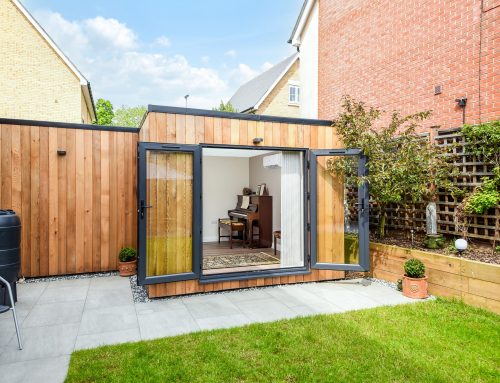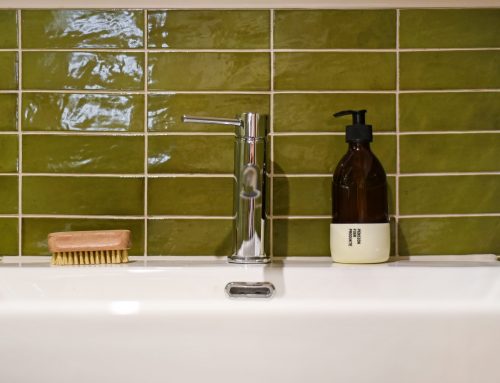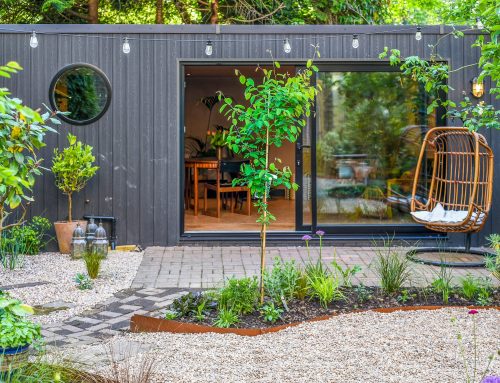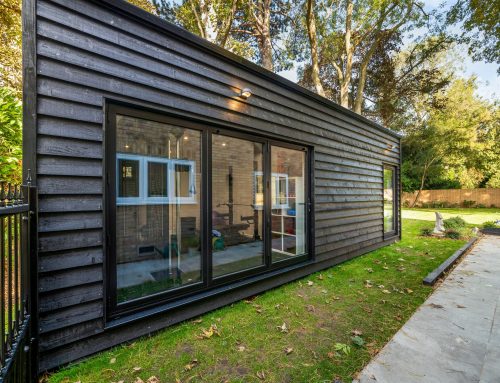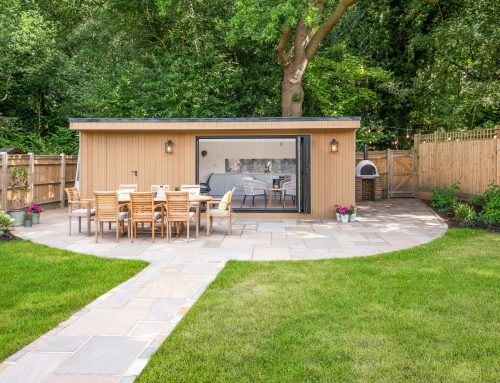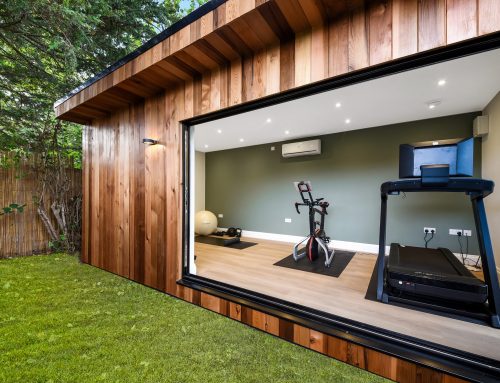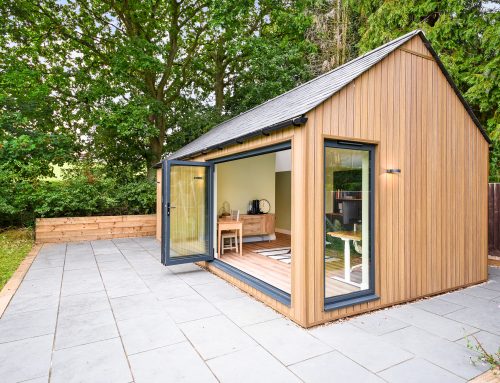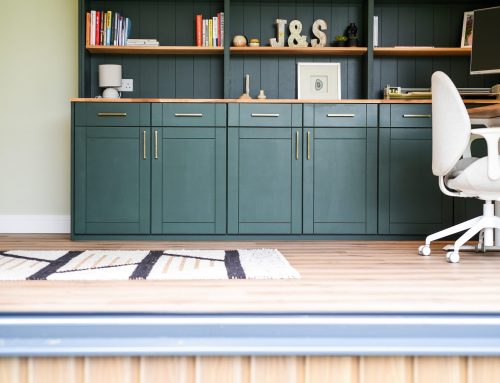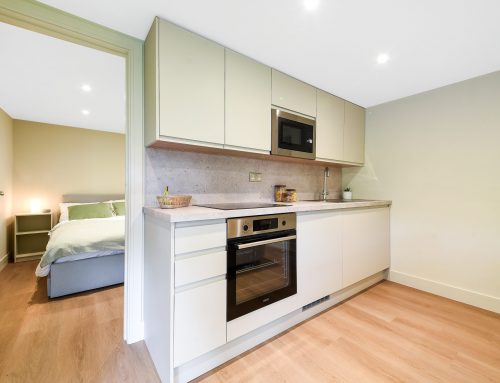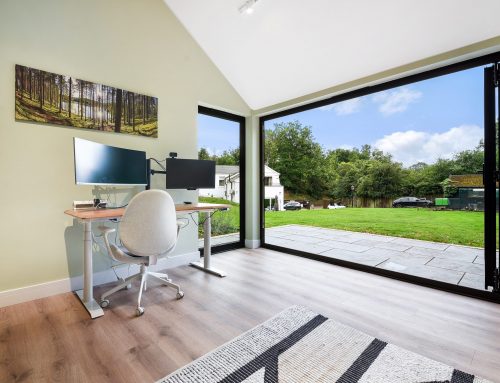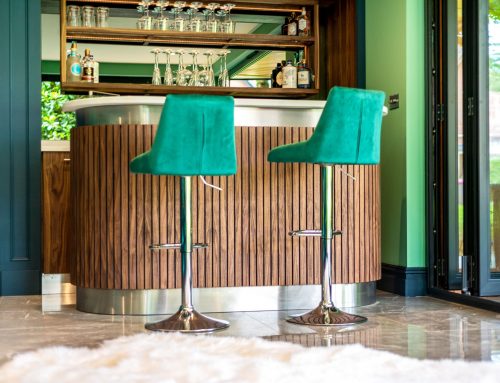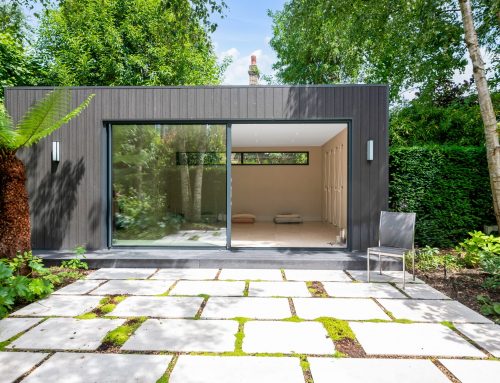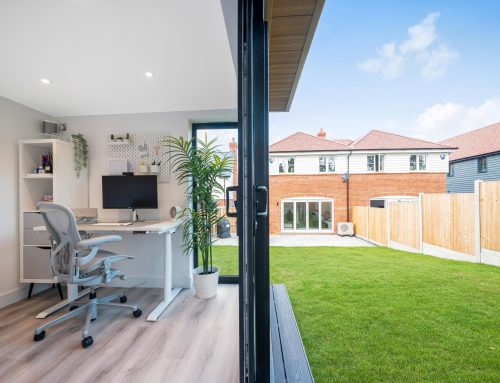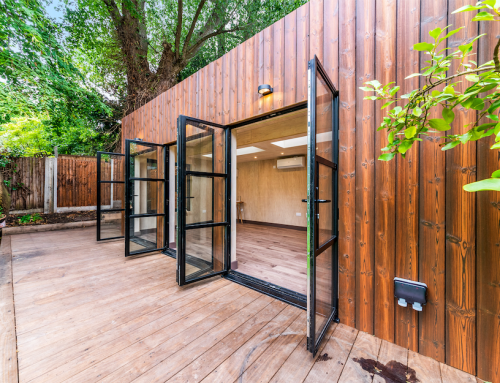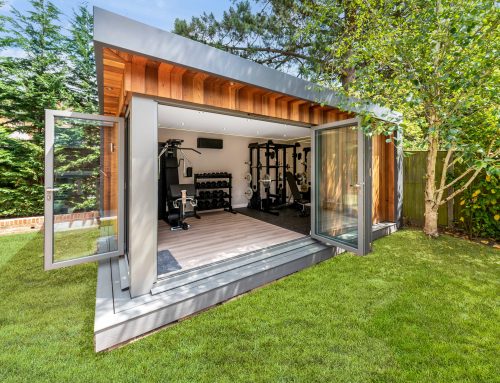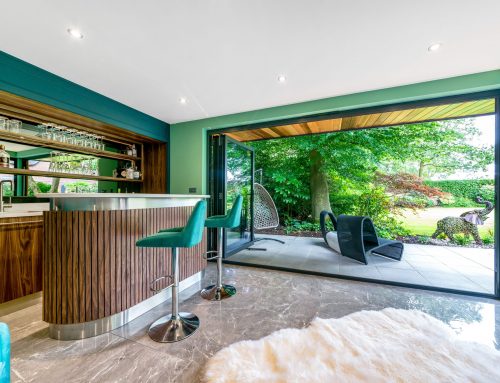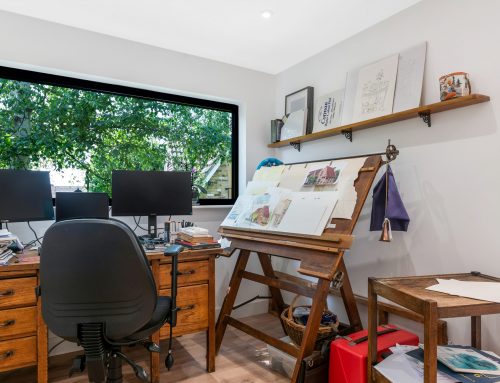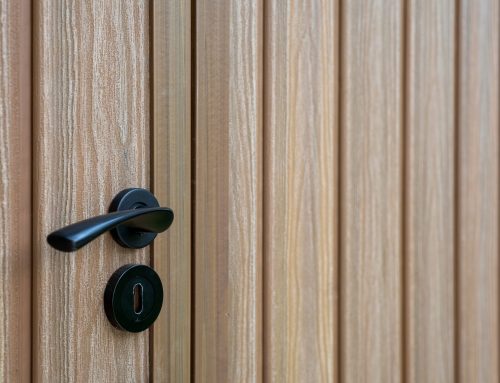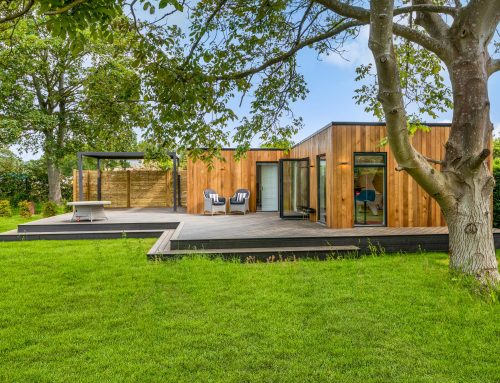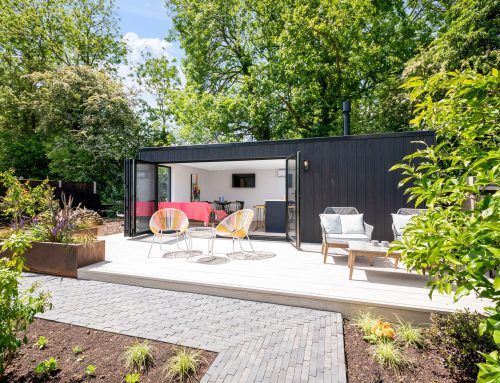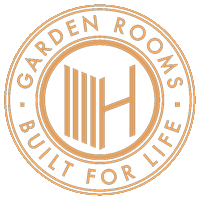If you live in a city, it can be hard to imagine how you would go about making a Hawksbeck garden room eco-friendly. In this article, we will cover some simple design principles and how you can achieve an environmentally friendly garden room by choosing Hawksbeck; we build our bespoke garden rooms using a wide range of eco-friendly processes and building materials as standard.
How are Hawksbeck garden rooms eco-friendly?
A SIP (structural insulated panel) is a type of building material made from polystyrene foam and wood-fibre insulation. The panels are manufactured off-site at our carbon-neutral manufacturing facility and then delivered to the site of your garden room, where they’re assembled and installed by our team of experts.
SIPs are a certified eco-build material and use 65% less timber compared to traditional building methods, which means you’ll have less impact on the environment and can enjoy lower energy bills for years to come whilst being ensured of a fully insulated garden room.
Furthermore, all our insulation is EPS (expanded polystyrene), which is zero-rated for ODP (ozone depletion potential) and GWP (global warming potential).
Sedum green roofs and living walls
Sedum green roofs and living walls are great forms of eco-friendly and sustainable landscaping when located within your garden or on the roof of your eco-friendly garden room. Sedum roofs have a wide range of benefits, including preventing rainfall from washing away nutrients, especially during the hot summer months. As well as encouraging wildlife by providing a lush and diverse habitat for a wide range of garden animals and insects.
If you decide to add a sedum green roof to your Hawksbeck garden room, you will also enjoy other benefits such as added privacy, noise and air pollution prevention and improved indoor air quality.
Garden room energy-efficiency ideas
Another way of making your bespoke garden room eco-friendly is to invest in energy-efficient heating or cooling. There are many options available, but the following are the most common:
- Solar panels; can be installed on the roof of your garden room to generate electricity.
- A heat pump; uses electricity to move heat from one place to another, either from outside air into your garden room or vice versa. The most common type is an air source heat pump, which takes warm air from outside and uses it as part of its process; this means that you don’t need any extra equipment besides the unit itself if you’re looking for something efficient and low maintenance!
- Ground source heat pumps work similarly, except instead of moving hot air around inside buildings (like with an air source), they extract warmth directly from underground soil sources like lakes or rivers via buried pipes called “loops”. This method offers greater efficiency than using only solar power alone because it works 24 hours per day regardless of whether there’s sunshine overhead – but keep in mind that these systems require careful planning.
- Ventilators, such as HRVs, will exchange stale air inside rooms with fresher outside air via a mechanical ventilation process controlled by sensors found throughout each room’s interior surfaces, such as walls/windows/ceilings etc. These work by circulating stale air through filters where dust particles get caught before being expelled back into rooms again after passing through other components such as fans which distribute cool breeze throughout the entire structure.
Eco-Friendly Ideas for your garden room interior
- Use recycled materials.
- Use natural materials.
- Use local materials.
The best way to make your Hawksbeck garden room eco-friendly is to use sustainable design principles for your interior, which means using items that have been made from recycled or renewable resources, such as wood from sustainably harvested forests and fabrics made from organic cotton or hemp.
You can also consider using energy-efficient light bulbs (LEDs) and appliances with low carbon emissions, like induction cooktops, instead of traditional gas stoves for cooking food in your garden rooms if you want an easy way of reducing harmful greenhouse gas emissions during meal preparation time!
Get in touch with Hawksbeck
We hope we have inspired you to make your bespoke garden room eco-friendly. We have outlined some of the steps that you can take, but there are many more ways in which you can go green. If you feel like your garden needs a makeover, then now is the perfect time!
To find out more about our green credentials, visit https://hawksbeck.co.uk/green-credentials/ and contact us today to start planning your eco-friendly garden room.

